Sponsor Content Created With Hackmotion
Strike Your Irons Purely: Chris Ryan’s 3 Keys to Consistent Contact
Searching for crisper contact with your irons? Follow these three keys to ensure you maximise your ball striking potential
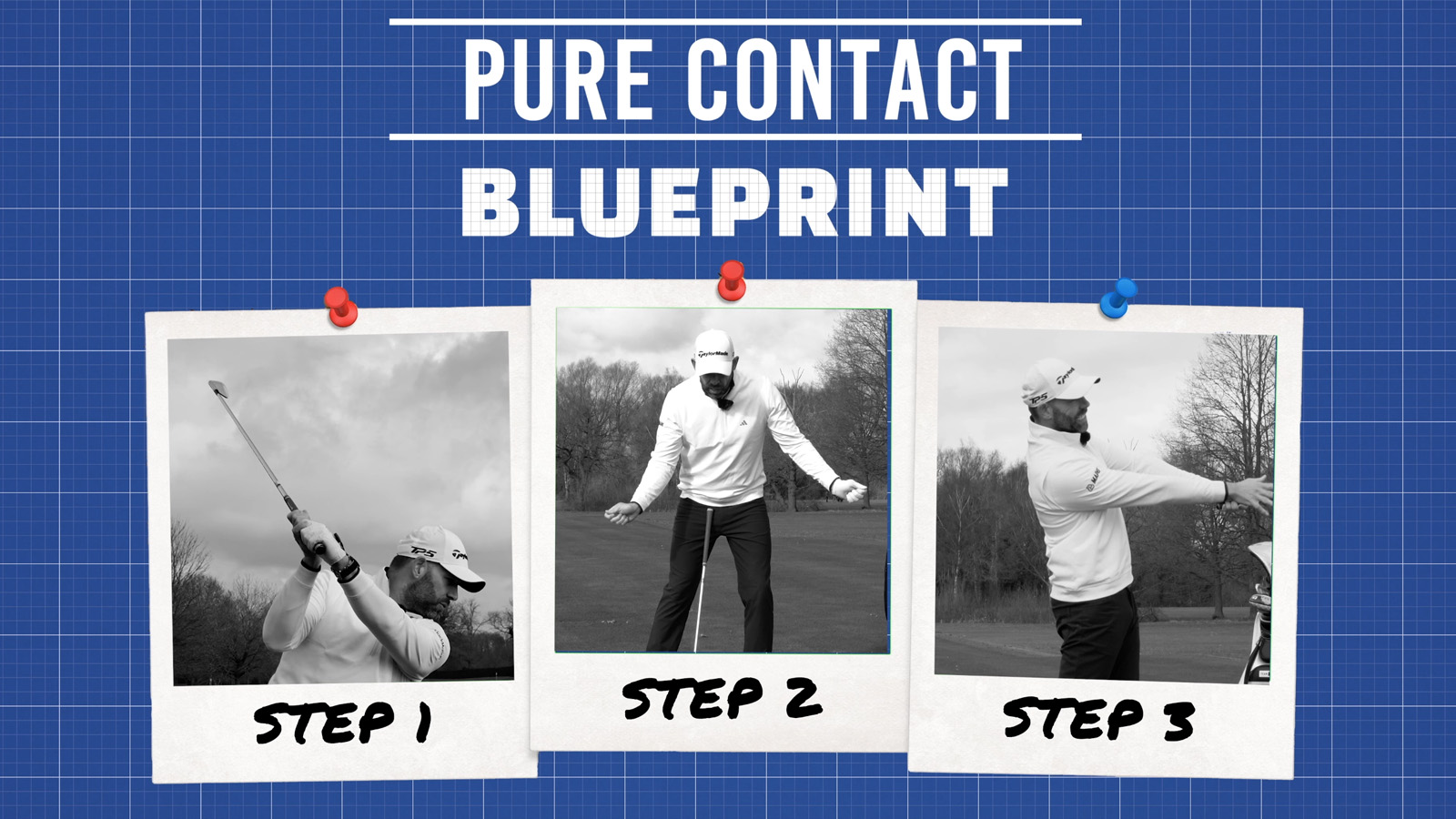

Hitting more greens in regulation through consistent contact with your irons is one of the keys when it comes to consistent scoring. Striking the ball cleanly with compression is vital to ensure control over the ball flight and distance control of your iron shots. It is something that separates those battling inconsistency from those who are confident in attacking pins from the fairway.
Drawing on decades of coaching experience, Chris Ryan’s Pure Impact Blueprint highlights three core principles every golfer must master: clubface control, shifting the circle, and maintaining width. The three principles below outline the full Pure Impact Blueprint.
The First Key: Why Clubface Determines Everything
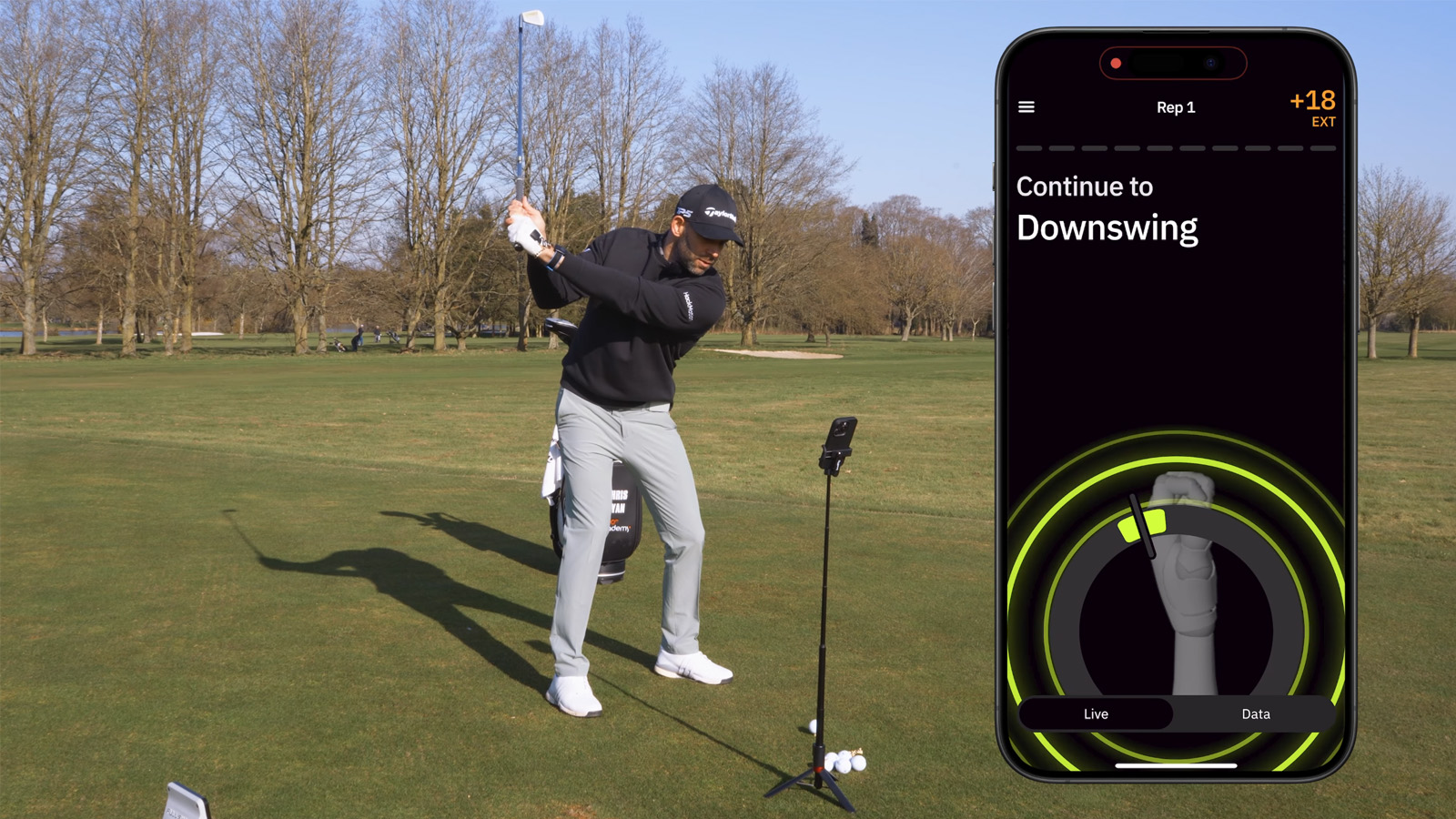
Having the correct wrist angles has a big impact on club face control
Through impact, there is nothing that matters more than where the clubface is aiming. While most golfers would associate the clubface direction through impact being controlled by the downswing, where the clubface is pointing in the backswing is just as important. A clubface that is too open or closed in the takeaway can lead to countless swing faults due to your subconscious wanting to correct the poor clubface positioning.
Clubface positioning through impact not only determines how efficiently the ball is struck, but also the starting direction of that ball. The ideal neutral clubface, with its leading edge slightly turned down, is the recipe for solid, straight shots. Conversely, an open clubface, where the leading edge is tilted back, often leads to an early release, causing a player's weight to stay back and resulting in weak contact. A closed clubface, facing towards the ground, creates a risk of hooks and inconsistency.
To help players feel and train the right position, Chris often recommends the “motorcycle drill”, one of the many drills available on the Hackmotion app. He explains, “This is very often my ‘go to’ drill. It’s rare to see a golfer with a clubface that is too closed, but it's all too common to see the clubface way open approaching impact.
The motorcycle drill targets the exact wrist movements that control the clubface position, which is why it’s so powerful.” By flexing the lead wrist into a flatter, more controlled position, golfers can square the face and strike the ball more consistently, providing a foundation for understanding how elite players subtly adjust wrist angles for different shot shapes.
From 'Picker' to 'Compressor': Shifting Your Weight Correctly
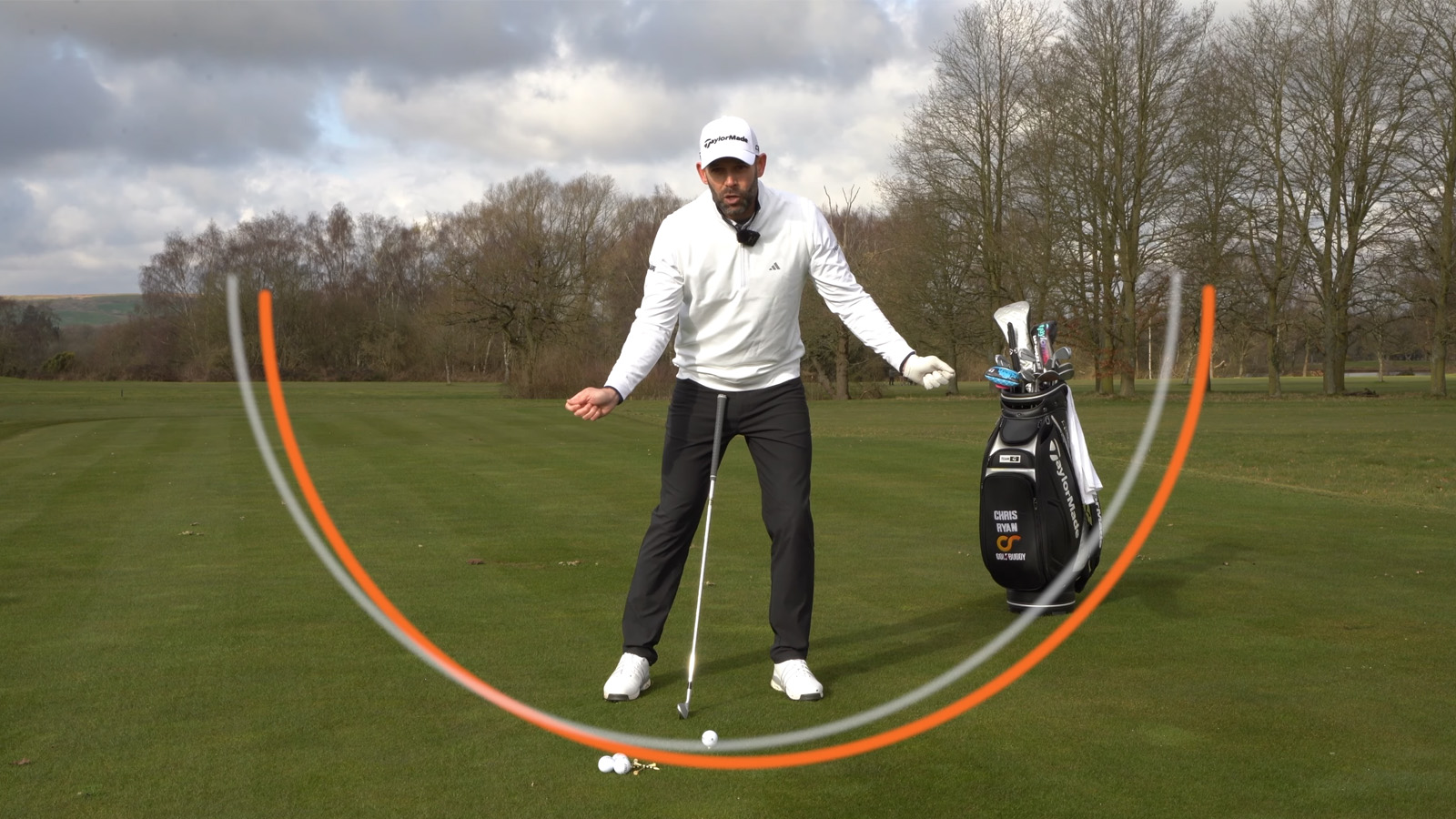
A correct weight transfer can dramatically improve strike
To ensure consistent, crisp contact with your irons, it is essential to move the low point of your swing towards the target side of the ball. Throughout the swing, certain movements must be made, shifting the swing arc towards the target and the ground, which enables a downward strike and sufficient compression between the ball and the clubface.
To train this, Chris suggests a simple but powerful stepping drill. You start with your feet close together, and as your lead arm reaches parallel in the backswing, you step forward with your lead foot. This step sets the lower body in motion early, shifting your weight and moving the circle forward. This early weight transfer promotes the classic “ball-then-turf” contact that golfers at every level strive for.
There are very few golfers Chris works with who hit too far down on their irons or shift too far towards the target. For the most part, his clients stay too far back on their trail side and are too shallow with their attack angle, resulting in strike issues. This normally occurs when the golfer sways too far off the ball in the backswing and then tries to help the ball into the air by hanging back on their right side.
However, by doing this, it’s almost impossible to compress the ball and get a solid strike, which will likely lead to extremely inconsistent contact and ball flight. By exaggerating the step drill in practice, golfers will learn to shift their weight and the low point forward, leading to much cleaner struck iron shots.
Unlock A More Powerful Strike By Maintaining Width
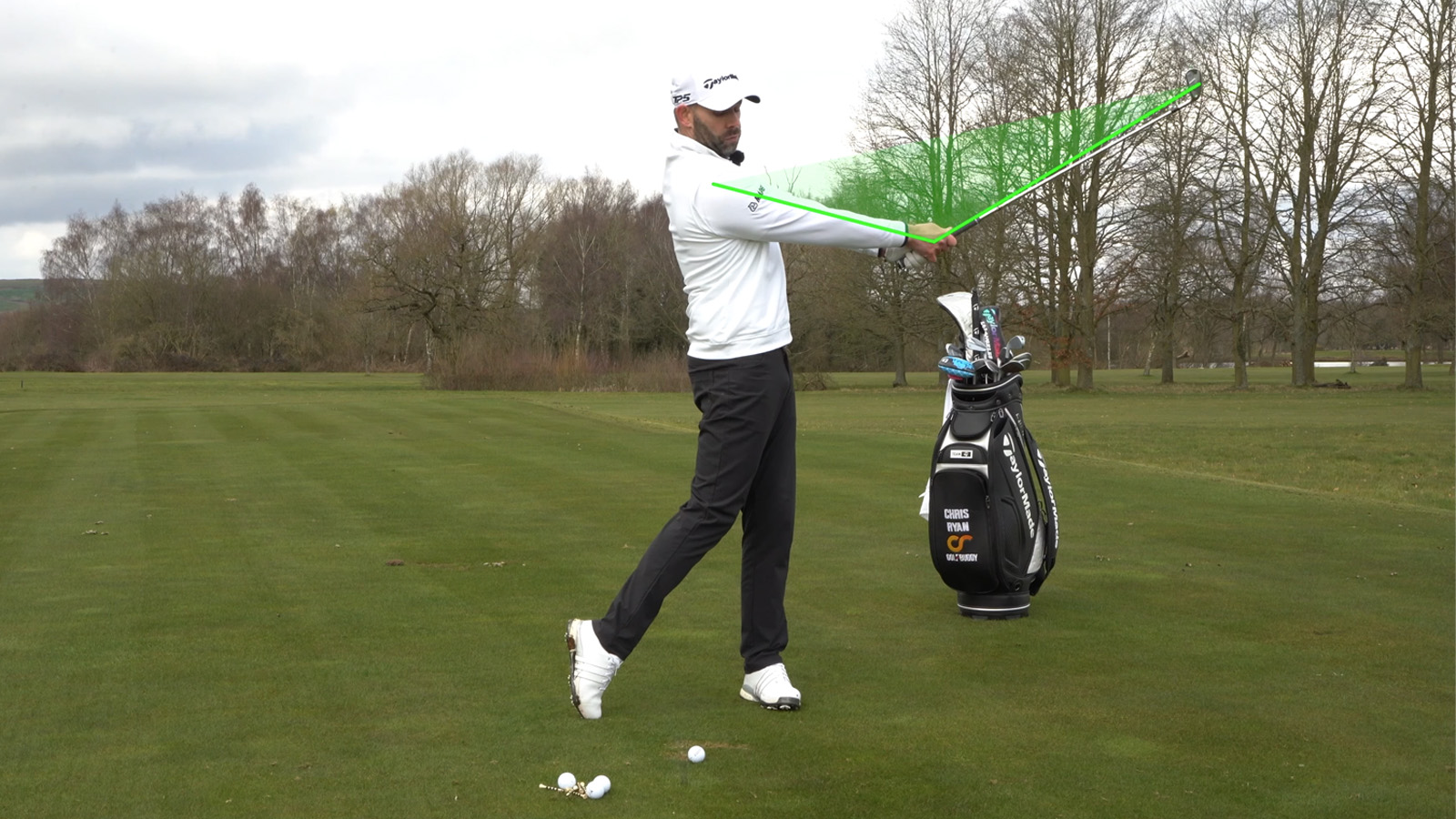
Maintaining width throughout the swing will help improve strike and power
The final piece of the blueprint is maintaining width throughout the swing. There are a few things to check over in order to maintain your width in the swing. Chris teaches players to extend and rotate their torso through impact, ensuring a full radius and a strong follow-through.
If the body stops rotating through impact, the arms collapse due to having nowhere to go, and therefore, the arc of the swing narrows, often resulting in poor contact and a lack of power due to the lack of extension.
One of the drills Chris preaches to maintain width is the “Tommy Fleetwood drill”: hitting mid-irons while keeping the finish below shoulder height. Fleetwood is known as one of the best ball strikers in the professional game, and his signature sawn-off follow-through that actually started as a drill is iconic. This drill forces the golfer to generate speed and extension through body rotation rather than simply using the arms to generate width and height.
A simple concept to help improve this is to imagine you are squeezing a balloon between your elbows and trying to pop it through impact. This helps keep the desired arm structure, which, in turn, helps regulate where the club is relative to the ground. If the elbows separate, the club head gets raised away from the ground, resulting in thin strikes.
To combat this, the golfer often then develops a dip or drop through the legs and hips to lower the club head back down. These two movements combined result in a very inconsistent low point and a mix of both thin and fat shots. Maintaining width not only produces more powerful strikes but also helps prevent these shots that plague many players.
The Blueprint For Better Ballstriking
If you’re on the search for more consistent iron play and looking to lower your handicap, then the three fundamentals above are the key to your success. Through greater clubface control, shifting the arc of the swing forward, and maintaining width, you’re on the right track to ball-first contact with a more powerful and repeatable strike. These are the same building blocks that elite players rely on, and Chris Ryan’s step-by-step approach makes them accessible for golfers at every level.
To explore these principles in more detail, including demonstrations of each drill and guided practice routines, you can learn directly from Chris Ryan and the Pure Impact Blueprint.
Subscribe to the Golf Monthly newsletter to stay up to date with all the latest tour news, equipment news, reviews, head-to-heads and buyer’s guides from our team of experienced experts.

Sam has worked in the golf industry for 14 years, offering advice on equipment to all levels of golfers. Sam heads up any content around fairway woods, hybrids, wedges, putters, golf balls and Tour gear.
Sam graduated from Webber International University in 2017 with a BSc Marketing Management degree while playing collegiate golf. His experience of playing professionally on both the EuroPro Tour and Clutch Pro Tour, alongside his golf retail history, means Sam has extensive knowledge of golf equipment and what works for different types of golfers.
-
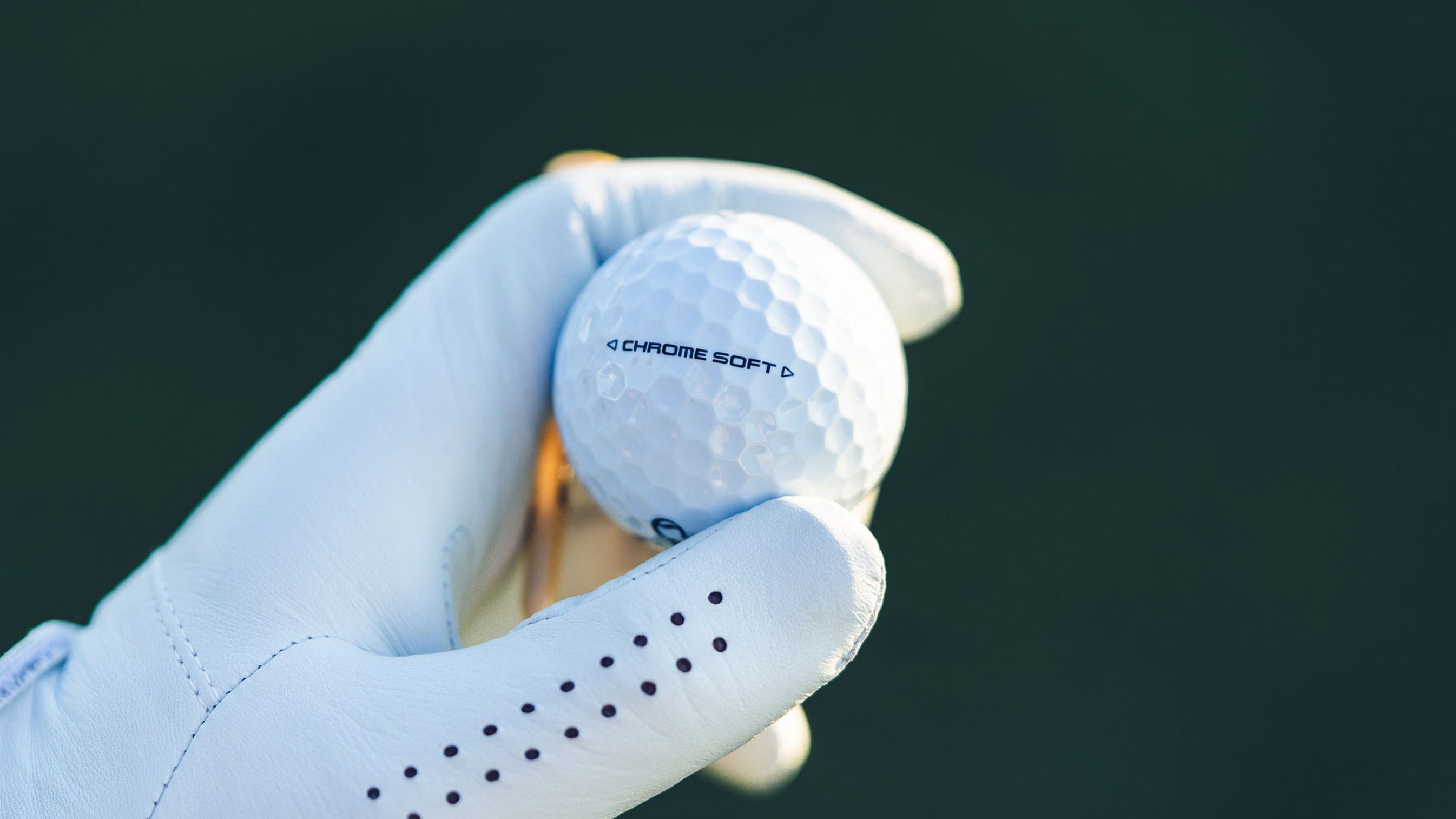 Why Wait For Black Friday? These Premium Golf Balls From Callaway Have Just Hit An Unmissable Price
Why Wait For Black Friday? These Premium Golf Balls From Callaway Have Just Hit An Unmissable PriceDeals Amazon has 18% off the Callaway Chrome Soft ball, and we'd suggest stocking up now before they sell out
-
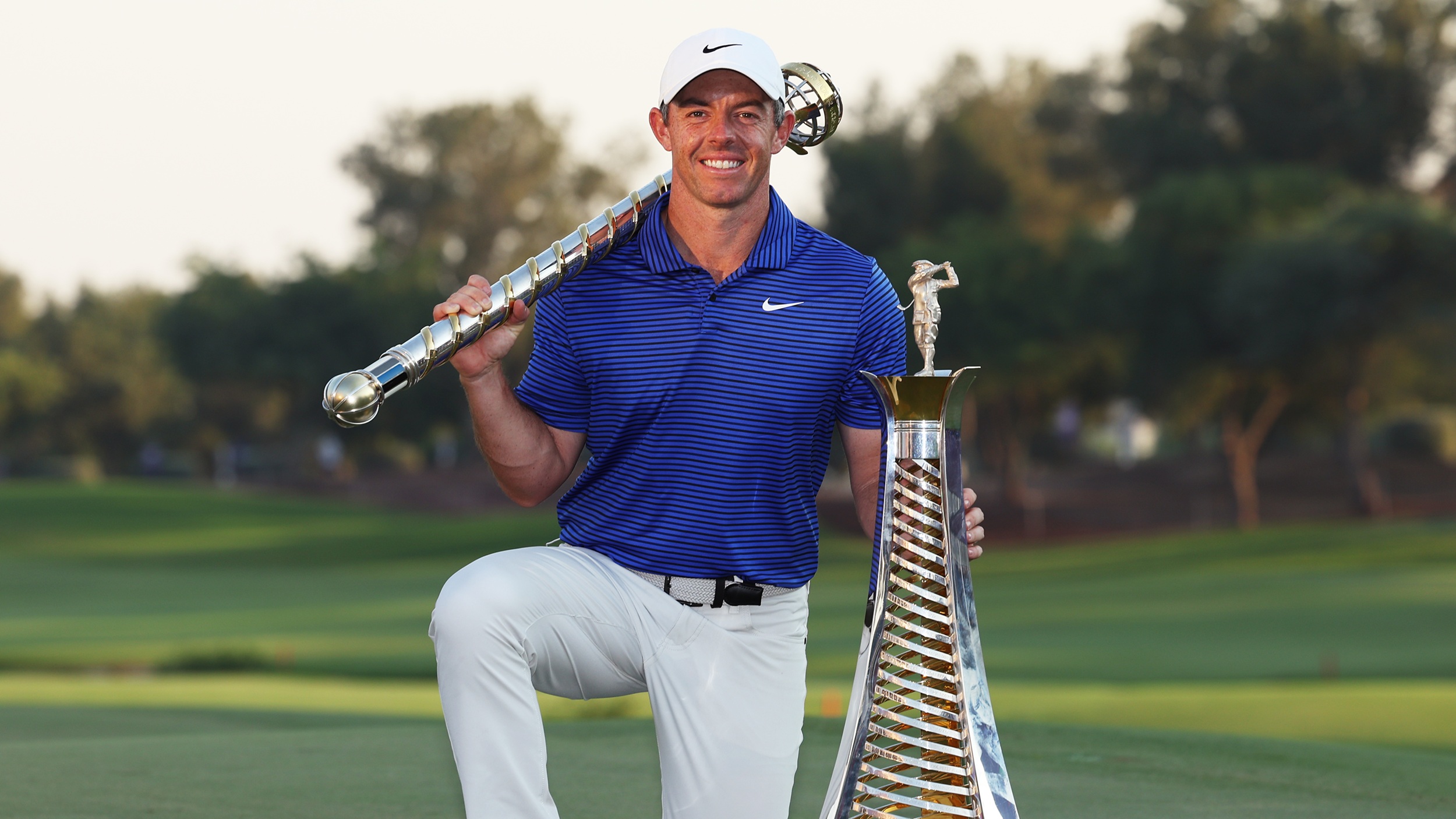 Why The DP World Tour Should Follow The FedEx Cup And Extend Its Play-Offs
Why The DP World Tour Should Follow The FedEx Cup And Extend Its Play-OffsThe DP World Tour season ends a bit abruptly with just two play-off events, so here's why adding an extra week like the FedEx Cup would be a good idea